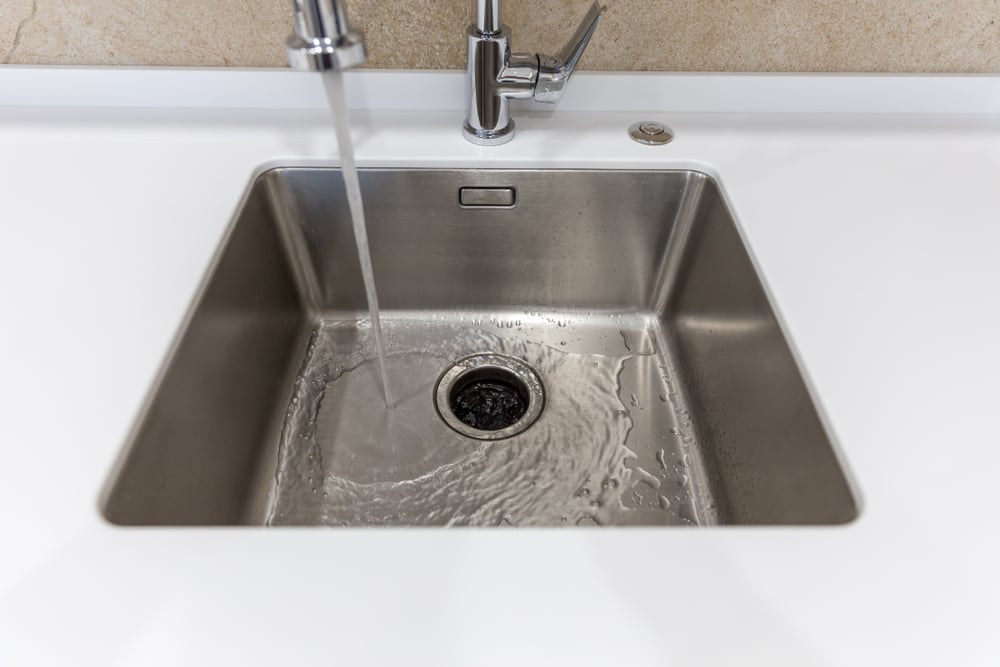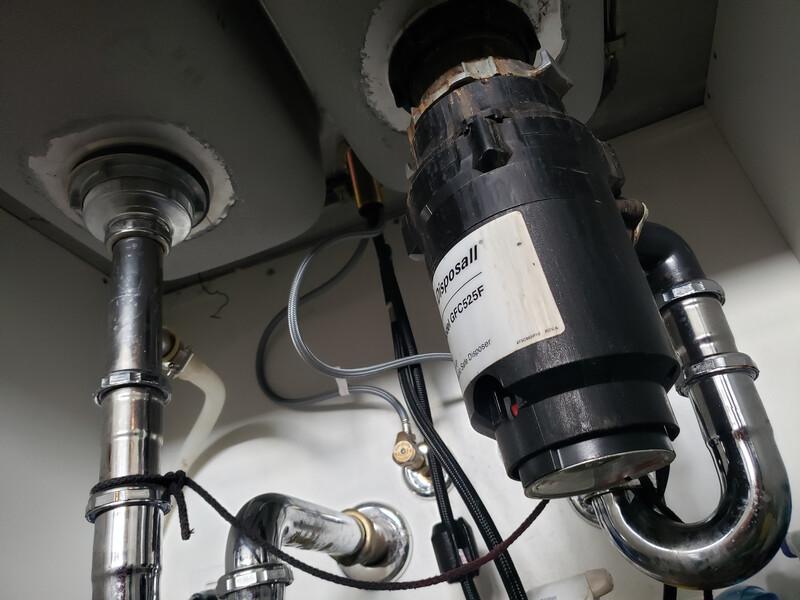What are your insights and beliefs on The Handy Guide To Fixing Your Garbage Disposal Leaking?

Waste disposal unit are important kitchen appliances that aid in getting rid of food waste efficiently. However, a dripping waste disposal unit can be an irritating and unpleasant issue to deal with. The good news is, lots of leaks can be fixed quickly with a few straightforward actions. In this short article, we will certainly talk about just how to fix a dripping garbage disposal successfully.
Intro
Garbage disposals are mounted under kitchen area sinks and are designed to shred food waste into smaller sized items, allowing it to go through the pipes system conveniently. While these devices are typically trustworthy, leakages can happen gradually as a result of damage, loose connections, or damage to the unit.
Step-by-Step Guide to Fixing a Leaking Garbage Disposal
Turn Off the Power
Before trying any kind of fixings, make certain that the power to the waste disposal unit device is shut off to avoid the risk of electrical shock.
Locate the Leak
Recognize the precise location of the leak and figure out the cause
Tighten Links
Utilize a wrench to tighten up any type of loosened connections in between the disposal system and the plumbing system.
Change Seals or Gaskets
If the leak results from worn seals or gaskets, get rid of the old components and change them with brand-new ones.
Patching Cracks or Holes
For splits or holes in the disposal system, usage epoxy or an appropriate patching product to seal the damaged location.
Determining the Resource of the Leak
Before trying to deal with a leaking garbage disposal, it is important to recognize the source of the leak. This can usually be done through visual assessment or by conducting straightforward tests.
Visual Assessment
Inspect the waste disposal unit unit thoroughly for any type of signs of water leakage. Pay attention to areas around seals, gaskets, and connection points.
Evaluating for Leakages
One method to examine for leaks is by running water with the disposal system and checking for any visible indicators of leakage.
Usual Reasons For Leakages in Trash Disposals
Worn Seals and Gaskets
Seals and gaskets play an essential duty in preventing water from leaking out of the waste disposal unit. Over time, these elements can wear away, leading to leaks around the disposal system.
Loose Links
The connections between the garbage disposal and the plumbing system can become loose gradually, creating water to leakage out throughout procedure.
Splits or Openings in the Disposal Unit
Physical damage to the garbage disposal, such as fractures or openings in the real estate, can also result in leaks.
Devices and Products Needed for Taking Care Of a Dripping Garbage Disposal
Before starting the fixing procedure, collect the essential tools and materials, consisting of a screwdriver, flexible wrench, plumbing technician's putty, replacement seals or gaskets, and epoxy or patching material for fixing fractures or openings.
Checking the Waste Disposal Unit After Repair Work
Once the repair service is complete, examine the garbage disposal by running water via it to make sure that the leak has been resolved.
Preventive Upkeep Tips to Stay Clear Of Future Leaks
To prevent future leakages, it is essential to do regular upkeep on your waste disposal unit. This includes maintaining it clean, avoiding putting non-food products or tough items down the disposal, and occasionally looking for leakages or various other concerns.
Final thought
In conclusion, taking care of a leaking waste disposal unit is a reasonably straightforward process that can be completed with fundamental tools and materials. By complying with the steps detailed in this post and exercising precautionary maintenance, you can keep your garbage disposal in good working condition and avoid pricey repairs in the future.
HERE’S HOW TO FIX YOUR GARBAGE DISPOSAL
WHAT TO DO IF SOMETHING IS STUCK IN YOUR GARBAGE DISPOSAL
If the impeller won’t turn, there’s probably something stuck in the disposal. It could be a steak bone or peach pit, although plumbers report pulling all sorts of inappropriate objects out of disposals, such as bottle caps or aluminum foil. Make sure power to the disposal is off, and look inside to see if you can see the source of the jam.
Never stick your fingers in a disposal. Pull out anything you see with tongs or pliers.
If the disposal still won’t work, it may be time to call a plumber or consider buying a new disposal. GEM Plumbing & Heating is here for all of your garbage disposal needs.
WHAT TO DO IF YOUR GARBAGE DISPOSAL DRAIN IS CLOGGED
Take everything out from underneath your sink and put a bucket or other container under your disposal to catch any water that drains out. Disconnect your disposal from the power supply. If it’s plugged into a wall outlet, unplug it. If it’s hardwired into an electrical box, go to the electrical panel and turn off the breaker for the disposal. Pour ¼ cup of baking soda into the drain, followed by ½ cup of white vinegar. Give the solution a few minutes to fizz and do its work. Look into the disposal with a flashlight to see if you can see an object that might be causing the clog. If you see it, remove it using tongs or pliers. MORE TIPS ON DEALING WITH A CLOGGED GARBAGE DISPOSAL
Never use drain cleaner in a garbage disposal. It can damage the plastic parts inside the disposal. You can also be splashed with the caustic liquid while working to clear the clog. Beware! Never stick your fingers into a garbage disposal. Trust us — not a good idea. In many instances, your dishwasher drains through your garbage disposal. This allows the disposal to grind any large food particles that may be drained out of your dishwasher. There are some jurisdictions, however, where the plumbing code prohibits such a connection. WHAT TO DO WHEN YOUR DISHWASHER DRAINS THROUGH THE DISPOSAL
Run some water in the sink so your plunger has at least a ½-inch of water to create a seal and plunge vigorously up and down several times. You may need to repeat this several times. Run hot water down the drain to clear any residue that remains.

Do you like reading about Why Is ? Create feedback below. We'd be interested to hear your insights about this posting. In hopes that you come back again later on. Sharing is good. One never knows, you might be helping someone out. We enjoy reading our article about The Handy Guide To Fixing Your Garbage Disposal Leaking.
Schedule Free Estimate